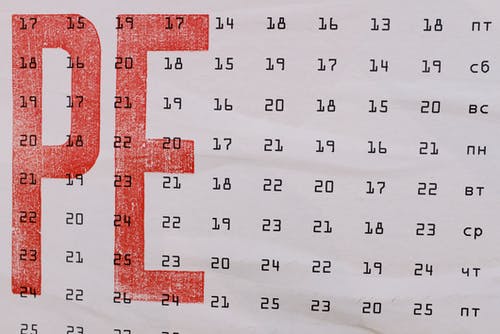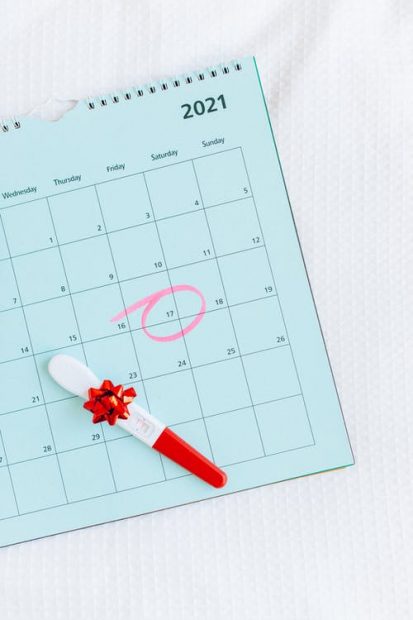The Gregorian calendar was established in 1592 as a correction of the Julien calendar by Pope Gregory XIII. It spread slowly throughout Italia after its adoption, then to Spain, Portugal, and the Germanic Catholic states.
The Evangelical German states accepted it in 1699; Britain and its territories, along with the United States, accepted it in 1752; Scandinavia adopted it in 1753; Japan accepted it in 1873; and China, the Russian Empire, and Greece accepted it in the early 1900s. It is now the most widely used calendar system in the planet.
While the Gregorian calendar is the most widely used time-keeping system on the planet, it’s far from the only one. Today, we’ll take a look at some other calendars still being used today, which place us anywhere between the 1300s and the 2000s, including as recently as 2012.

The Balinese Pawukon Calendar
The Pawukon calendar year is 210 days long and includes of 6 thirty-five-day months, a figure that mimics the island’s traditional rice-growing patterns. It is one of 2 calendars used on Coast of Bali. Beyond that, it’s extremely complicated and can be tough to grasp for outsiders.
The first day of the year is the first day of all 10 weeks because there are 10 separate weeks of 1, 2, 3, , 5, 6, 7, 8, 9, and 10 days. As a result, the 11th day of the year will be the start of a new ten-day week, the second of a nine-day week, the third of an eight-day week, and so on.
But that’s not all: because 210 isn’t divisible by 4, 8, or 9, days in those weeks tend to recur. Moreover, unlike with the Gregorian calendar, where Tuesday consistently comes after Monday, the Pawukon calendar’s days may not always fall in the same order.
Check out Calendar Club Australia for a list of different calendars.
The Chinese Calendar
The ancient Chinese calendar still dictates the dates of key holidays including the Chinese Lantern Festivals and is also used to determine auspicious times for marriages, burials, relocating, and beginning enterprises, despite the fact that modern-day China uses the Gregorian calendar.

The Mandarin calendar is basically a moon calendar, with 12 months each lasting 29 or 30 and beginning on the first day of a new moon. As necessary, leap months are substituted for days. Each month is identified by an animal’s name or a number that also corresponds to specific hours of the day and years in the zodiac cycle.
The Muslim, Islamic, or Hijr Calendar
The Islamic calendar, like the Chinese calendars, is lunar, but this does not include leap days or months to adjust for the variation in solar year length. As a result, the listed months do not always fall into the same season. Instead, they steadily retrogress over the solar year, taking 32 1/2 years to reappear at the very same seasonal time.
The calendar’s commencement date is cantered on the Hegira, the travel of the Islamic Prophet Muhammad from Mecca to Medina. The Muslim calendar is utilized largely for spiritual reasons in Islamic nations, while the Gregorian calendar is being used for civic purposes.
